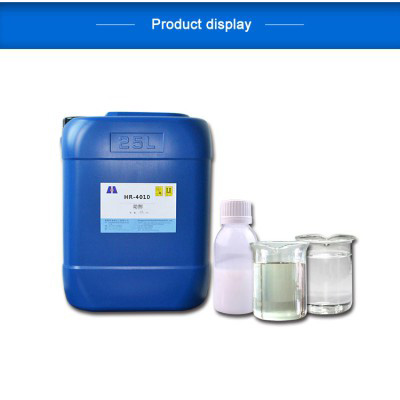Cape Verde Types of ink defoamer for Beer Bottle Cleaning How much is the fee (2)
non-silicon
agent
toner
matte
agent
water-based
Defoaming agents are widely used in food industry, paper industry, water treatment, oil extraction industry, printing and dyeing industry, coating industry, detergent industry, rubber latex industry, aerosol industry, daily chemical industry, pharmaceutical industry, dairy industry, etc. [2]
powder
carbon
Cape Verde The ink defoamer powder used for beer bottle cleaning and defoaming is also one of these types. This type of cleaning and defoaming agent is developed using silicone polyether as the main raw material, combined with a variety of additives. With low dosage, convenient operation, and easy solubility in water, there is no need to mention the ink defoamer and foam inhibiting properties. The main thing is to value the good dispersion of such ink defoamer agents, which will not affect the transparency and appearance performance of the product. Good compatibility with various surfactants used in beer bottle cleaning, while not reducing the cleaning effect, solves the problem of spot residue, and has no side effects on subsequent processing. The amount of defoamer added for beer bottle cleaning is one thousandth to three thousandths, but the final amount should be determined according to the cleaning water volume of different manufacturers and the content of detergent. Powdery defoamer can be added to the foam surface after the powder and water are boiled.

Cape Verde It is also worth noting how to select ink defoamer for beer bottle cleaning. Firstly, they must be insoluble in the foaming liquid and have a lower surface tension than the foaming liquid, so that defoamers can play a role. Then, it should have a certain affinity with the foaming liquid. The defoaming process is actually a competition with the foam production. Only by rapidly dispersing the effect in the starting liquid can we achieve the goal of defoaming. The active component of the defoamer is too hydrophilic to the foaming liquid and will dissolve; Too sparse and difficult to disperse. Only when intimacy is appropriate can effectiveness be good. Finally, it is not allowed to react chemically with the foaming liquid, otherwise harmful substances may breed and affect product performance
